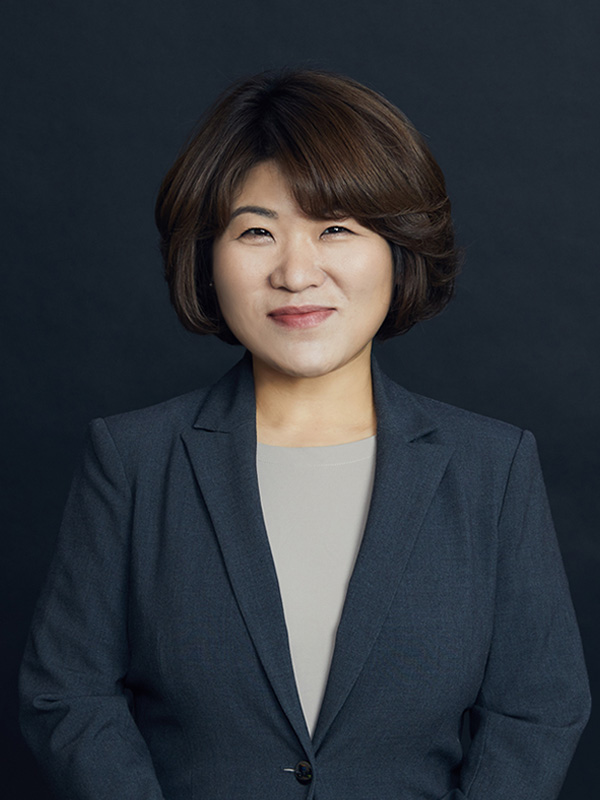On October 25, 2024, the Supreme Court’s First Division rejected an appeal by a company that filed suit seeking to nullify a Central National Labor Relations Commission (NLRC) decision that deemed the termination of an employee wrongful.
In the underlying case, Company A, a Korean travel agency, terminated one of its three employees. The ex-employee had been responsible for accounting since 2016, and the reason for termination was due to the downturn in the travel industry following the COVID-19 pandemic. At the time, Company A was sharing an office space with Company B. From 2019 onwards, Company A and Company B became subsidiaries of the same foreign company, Company C.
Under Article 23(1) of the Labor Standards Act (LSA), “[a]n employer shall not, without justifiable cause, dismiss, lay off, suspend, or transfer an employee, reduce his or her wages, or take any other punitive measures against him/her.” This provision is only applicable to employers with five or more employees. In this case, the ex-employee argued that his termination was wrongful under the LSA. To support the applicability of the LSA to his case, he argued that the employee count should include those from both Company A and Company B, totaling more than five employees.
The ex-employee filed for relief with the Seoul NLRC. The Seoul NLRC dismissed his case on the grounds that Company A’s average number of full-time employees in the month preceding the termination was three. Upon appeal by the ex-employee, the Central NLRC overturned the Seoul NLRC’s decision and held that Company A effectively operated as a single workplace with Company B. Company A then filed suit with the Seoul Administrative Court. Both the Seoul Administrative Court and the Seoul High Court ruled against Company A, holding that Company A and Company B essentially operated as a single entity under unified management, and thus it was unlawful for Company A to dismiss the employee. The fact that (i) no separation between the two companies’ organizational chart existed and (ii) transfer of personnel between them was flexible were the main factors that the courts considered in applying the LSA. The Supreme Court upheld the lower courts’ holdings and dismissed Company A’s appeal.
The Supreme Court decision is significant in that it sets an important precedent – in circumstances where two or more companies are operating under the same management, they can be considered as a single business even if they are separate legal entities. This means that even a company with fewer than five employees can potentially be subject to the LSA. The Supreme Court decision is also consistent with the recent announcement by the Korean government that has expressed its intention to gradually expand the application of the LSA to businesses with fewer than five employees.
The recent case is especially important to note for foreign companies having multiple Korean subsidiaries, each with fewer than five employees. A subsidiary with fewer than five employees will no longer be exempt from the applicability of the LSA, if it is jointly operated with another subsidiary under the management of the same parent company. The Supreme Court case underscores the importance of foreign companies operating Korean subsidiaries that employ workers in Korea to determine whether their subsidiaries fall under the scope of application of the LSA.

In the underlying case, Company A, a Korean travel agency, terminated one of its three employees. The ex-employee had been responsible for accounting since 2016, and the reason for termination was due to the downturn in the travel industry following the COVID-19 pandemic. At the time, Company A was sharing an office space with Company B. From 2019 onwards, Company A and Company B became subsidiaries of the same foreign company, Company C.
Under Article 23(1) of the Labor Standards Act (LSA), “[a]n employer shall not, without justifiable cause, dismiss, lay off, suspend, or transfer an employee, reduce his or her wages, or take any other punitive measures against him/her.” This provision is only applicable to employers with five or more employees. In this case, the ex-employee argued that his termination was wrongful under the LSA. To support the applicability of the LSA to his case, he argued that the employee count should include those from both Company A and Company B, totaling more than five employees.
The ex-employee filed for relief with the Seoul NLRC. The Seoul NLRC dismissed his case on the grounds that Company A’s average number of full-time employees in the month preceding the termination was three. Upon appeal by the ex-employee, the Central NLRC overturned the Seoul NLRC’s decision and held that Company A effectively operated as a single workplace with Company B. Company A then filed suit with the Seoul Administrative Court. Both the Seoul Administrative Court and the Seoul High Court ruled against Company A, holding that Company A and Company B essentially operated as a single entity under unified management, and thus it was unlawful for Company A to dismiss the employee. The fact that (i) no separation between the two companies’ organizational chart existed and (ii) transfer of personnel between them was flexible were the main factors that the courts considered in applying the LSA. The Supreme Court upheld the lower courts’ holdings and dismissed Company A’s appeal.
The Supreme Court decision is significant in that it sets an important precedent – in circumstances where two or more companies are operating under the same management, they can be considered as a single business even if they are separate legal entities. This means that even a company with fewer than five employees can potentially be subject to the LSA. The Supreme Court decision is also consistent with the recent announcement by the Korean government that has expressed its intention to gradually expand the application of the LSA to businesses with fewer than five employees.
The recent case is especially important to note for foreign companies having multiple Korean subsidiaries, each with fewer than five employees. A subsidiary with fewer than five employees will no longer be exempt from the applicability of the LSA, if it is jointly operated with another subsidiary under the management of the same parent company. The Supreme Court case underscores the importance of foreign companies operating Korean subsidiaries that employ workers in Korea to determine whether their subsidiaries fall under the scope of application of the LSA.

KOREA LEGAL INSIGHT
A Blueprint for AI Governance: Understanding Korea’s AI Framework Act
2025.03.04
KOREA LEGAL INSIGHT
2025 Labor Law Updates in Korea: A Guide for Foreign Employers in Navigating Key Changes in the Legal Landscape
2025.02.03

